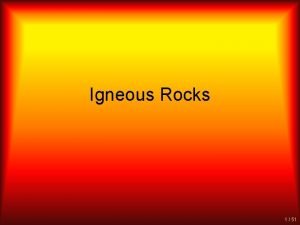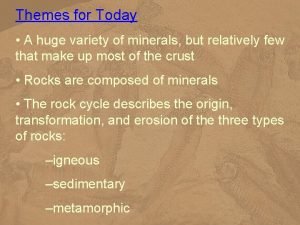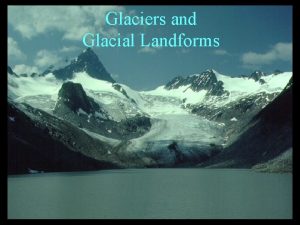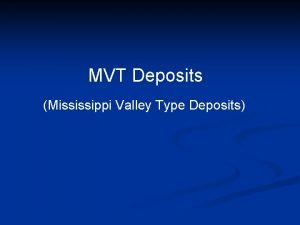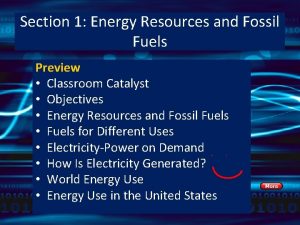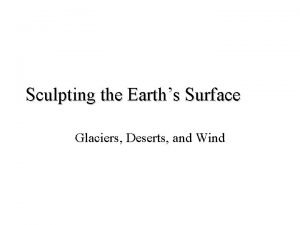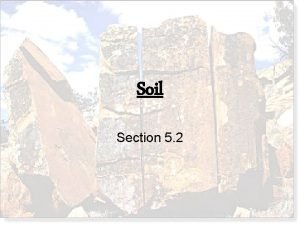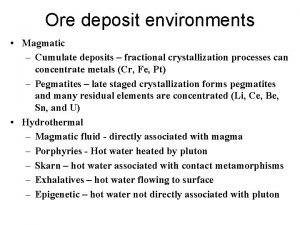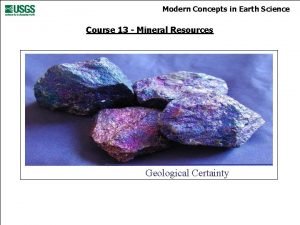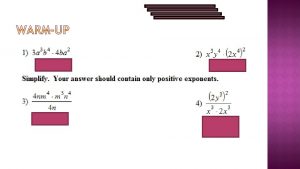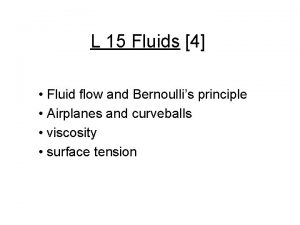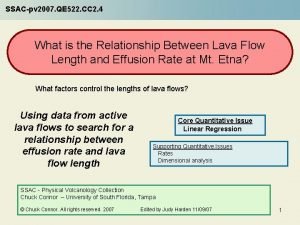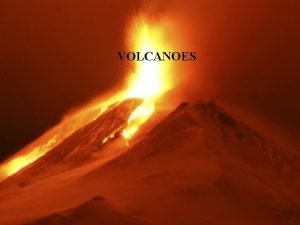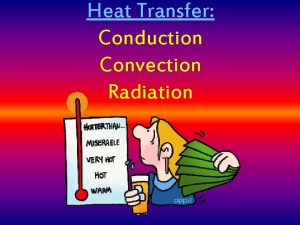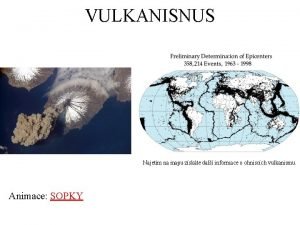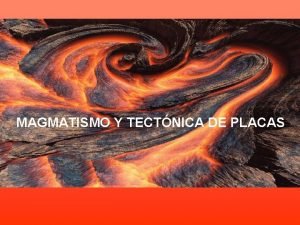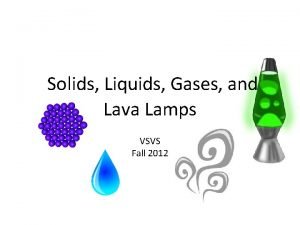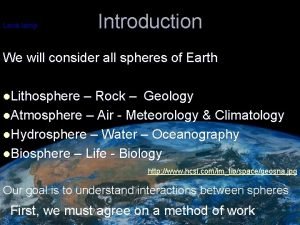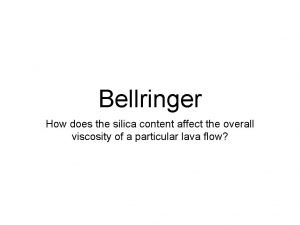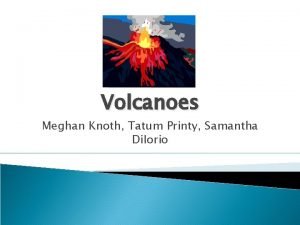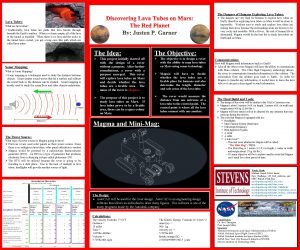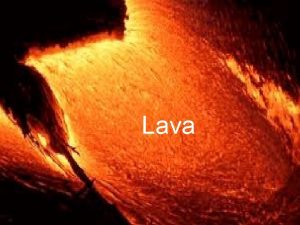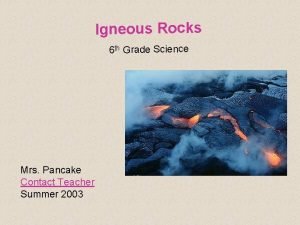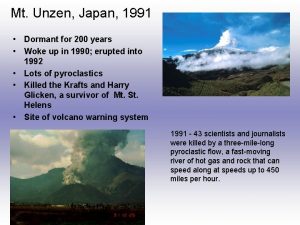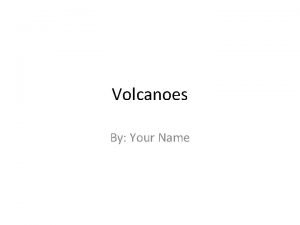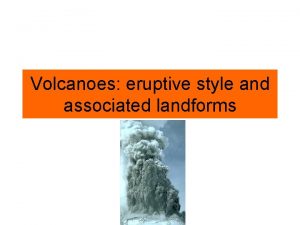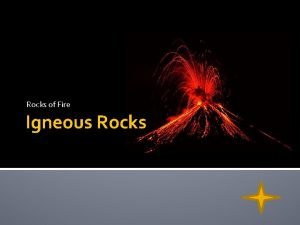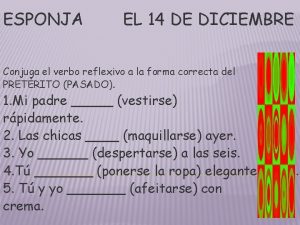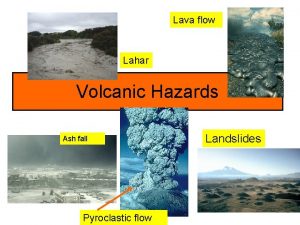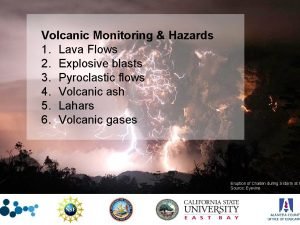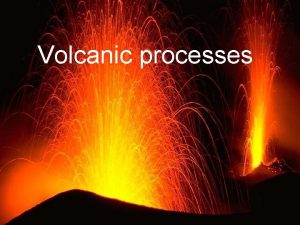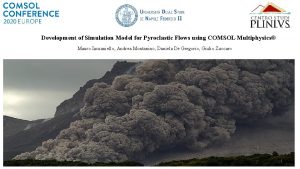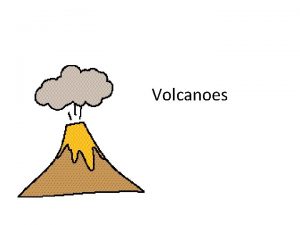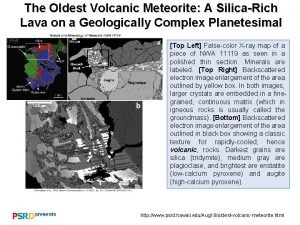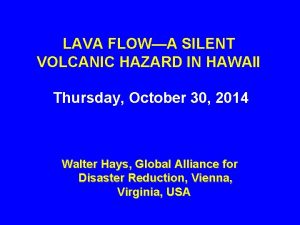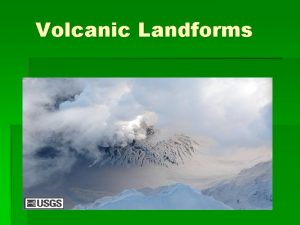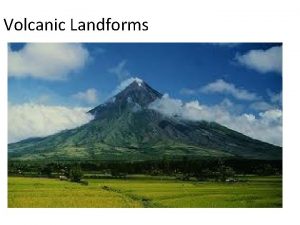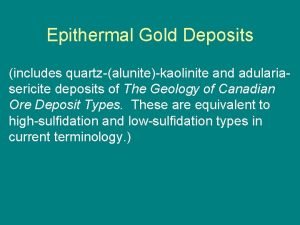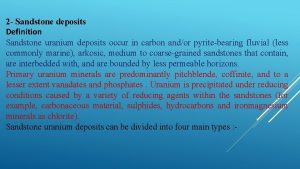Volcanic processes Pyroclastic deposits lava flows Figure 4








































































- Slides: 72

Volcanic processes

Pyroclastic deposits & lava flows

Figure 4 -18. Types of pyroclastic flow deposits. After Mac. Donald (1972), Volcanoes. Prentice-Hall, Inc. , Fisher and Schminke (1984), Pyroclastic Rocks. Springer-Verlag. Berlin. a. collapse of a vertical explosive or plinian column that falls back to earth, and continues to travel along the ground surface. b. Lateral blast, such as occurred at Mt. St. Helens in 1980. c. “Boiling-over” of a highly gas-charged magma from a vent. d. Gravitational collapse of a hot dome (Fig. 4 -18 d).


Classification of Pyroclastic Rocks Ash (< 2 mm) Tuff Lapillistone Lapilli Tuff 30 30 Lapilli -Tuff Breccia 70 Pyroclastic Breccia or Agglomerate 70 Blocks and Bombs (> 64 mm) (b) Figure 2 -5. Classification of the pyroclastic rocks. a. Based on type of material. After Pettijohn (1975) Sedimentary Rocks, Harper & Row, and Schmid (1981) Geology, 9, 40 -43. b. Based on the size of the material. After Fisher (1966) Earth Sci. Rev. , 1, 287 -298.

Magma encounters « external » water Yes Volcanic processes and types No Magma contains dissolved gas Submarine, surtseyan, phreatomagmatic types Yes No Magma is viscous Plinian eruptions « grey » volcanoes More explosive Andesitic Subductions Yes No Domes and block-and-ash flows (Pelean) Flows and scoria cones (Strombolian, hawaian) « red » volcanoes Less explosive Basaltic Intra-plate

• Dynamic types related to magma/water interactions • Dynamic types related to dissolved bubbles • Dynamic types related to domes growth and collapse • Dynamic types related to lava flows etc. • Destruction of volcanic edifices • Complex edifices

Magma/water interaction

Submarine eruptions and pillows


Pillow-lavas: ophiolitic pillows in the French alps Moho




Surtseyan eruptions


Hyaloclastites Réunion isl. (Indian Ocean)


Phreatomagmatic eruptions


Maar

Maar and tuff ring a Figure 4 -6. a. Maar: Hole-in-the-Ground, Oregon (courtesy of USGS). b. Tuff ring: Diamond Head, Oahu, Hawaii (courtesy of Michael Garcia). b

Phreatomagmatic deposits Vertical fall deposits

• Dunes (horizontal surges) • Blocks ( « xenoliths » )



Eroded diatremes

Welded phreato-magmatic deposits (diatremes) Bournac volcanic pipe, France

• NB: Kimberlites do also form diatremes (deep eruptions). • Not clear whether they are phreato-magmatic

Magma encounters « external » water Yes Volcanic processes and types No Magma contains dissolved gas Submarine, surtseyan, phreatomagmatic types Yes No Magma is viscous Plinian eruptions « grey » volcanoes More explosive Andesitic Subductions Yes No Domes and block-and-ash flows (Pelean) Flows and scoria cones (Strombolian, hawaian) « red » volcanoes Less explosive Basaltic Intra-plate

• Dynamic types related to magma/water interactions • Dynamic types related to dissolved bubbles • Dynamic types related to domes growth and collapse • Dynamic types related to lava flows etc. • Destruction of volcanic edifices • Complex edifices

Water solubility in magmas

Nucleation and growth of bubbles Fragmentation

Shape of pumices

Plinian eruption

Ignimbrites (pumice flow/fall) « Ignimbrites » , Turkey


Montserrat 1997

A classical example The May 1981 eruption at Mount Saint. Helens, WA (U. S. A. )

Saint-Helens before the eruption … and after

Mount Saint-Helens (2006)

Saint-Helens after

Spring 1980: early phreatic activity

Spring 1980: bulging of the flank


18 May 1980: Major eruption • • Flank collapse Plinian cloud Lateral blast Pyroclastic flows (column collapse))


Collapse caldera and debris flow

Debris avalanche

Avalanche

The plinian column

Figure 4 -15. Ash cloud and deposits of the 1980 eruption of Mt. St. Helens. a. Photo of Mt. St. Helens vertical ash column, May 18, 1980 (courtesy USGS). b. Vertical section of the ash cloud showing temporal development during first 13 minutes. c. Map view of the ash deposit. Thickness is in cm. After Sarna. Wojcicki et al. ( 1981) in The 1980 Eruptions of Mount St. Helens, Washington. USGS Prof. Pap. , 1250, 557 -600.

Ash fall



Pyroclastic flows

Lateral blasts




Mount Saint-Helens 1980 Eruption Sequence of events • Intrusion of magma: « cryptodome » and bulging • Early, minor phreatomagmatic activity • Flank destabilisation and collapse • Plinian column etc. • Aftermath: surface growth of the dome+local landslides+some block and ash flows

Summary of May 18, 1980 Eruption of Mount St. Helens (USGS) Mountain • Elevation of summit 9, 677 feet before; 8, 363 feet after; 1, 314 feet removed • Volume removed* 0. 67 cubic miles (3. 7 billion cubic yards) • Crater dimensions 1. 2 miles (east-west); 1. 8 miles (north-south); 2, 084 feet deep Landslide • Area and volume* • Depth of deposit depth 600 feet) • Velocity Lateral Blast • Area covered • Volume of deposit* • Depth of deposit • Velocity • Temperature 23 square miles; 0. 67 cubic miles (3. 7 billion cubic yards) Buried 14 miles of North Fork Toutle River Valley to an average depth of 150 feet (max. 70 to 150 miles per hour 230 square miles; reached 17 miles northwest of the crater 0. 046 cubic miles (250 million cubic yards) From about 3 feet at volcano to less than 1 inch at blast edge At least 300 miles per hour As high as 660° F (350° C) Eruption Column and Cloud • Height Reached about 80, 000 feet in less than 15 minutes • Downwind extent Spread across US in 3 days; circled Earth in 15 days • Volume of ash* 0. 26 cubic miles (1. 4 billion cubic yards) • Ash fall area Detectable amounts of ash covered 22, 000 square miles • Ash fall depth 10 inches at 10 miles downwind (ash and pumice); 1 inch at 60 miles downwind; ¸ inch at 300 miles downwind Pyroclastic Flows • Area covered 6 square miles; reached as far as 5 miles north of crater • Volume & depth* 0. 029 cubic miles (155 million cubic yards); multiple flows 3 to 30 feet thick; cumulative depth of deposits reached 120 feet in places • Velocity Estimated at 50 to 80 miles per hour • Temperature At least 1, 300°F (700° C)

Mount Saint-Helens: The post-18 May dome

Calderas

Crater Lake, Oregon (USA)




Figure 4 -16. Approximate aerial extent and thickness of Mt. Mazama (Crater Lake) ash fall, erupted 6950 years ago. After Young (1990), Unpubl. Ph. D. thesis, University of Lancaster. UK.



Santorini
 Perbedaan hot lava dan hot lava volcano
Perbedaan hot lava dan hot lava volcano Secondary succession biology definition
Secondary succession biology definition Types of igneous rock
Types of igneous rock Power pointfy
Power pointfy Pyroclastic texture
Pyroclastic texture Concurrent processes are processes that
Concurrent processes are processes that As coal deposits were used up, britain turned to
As coal deposits were used up, britain turned to Personal bank account 7 habits examples
Personal bank account 7 habits examples Glacial deposits
Glacial deposits The multiple expansion of checkable deposits
The multiple expansion of checkable deposits 4-1 computing your total checking account deposit answers
4-1 computing your total checking account deposit answers Mvt deposits
Mvt deposits Fossil fuel deposit
Fossil fuel deposit Glacial deposits
Glacial deposits Which is not true of laterite soils
Which is not true of laterite soils Ritika deposits 200 every month
Ritika deposits 200 every month Emotional bank account examples
Emotional bank account examples Ore deposits
Ore deposits Placers
Placers Calcium deposits
Calcium deposits Sedexore
Sedexore Sarita deposits $1000 in an account
Sarita deposits $1000 in an account Metamorphic rocks in michigan
Metamorphic rocks in michigan Function of commercial banks
Function of commercial banks Fractional reserve banking system
Fractional reserve banking system Calcium deposits
Calcium deposits An endorsement indicating a new owner of a check.
An endorsement indicating a new owner of a check. Tidal deposits
Tidal deposits Chapter 11 section 2 stream and river deposits answer key
Chapter 11 section 2 stream and river deposits answer key Calcium deposits
Calcium deposits El desayuno de hugo
El desayuno de hugo Lava flow
Lava flow Gimkit floor is lava world record
Gimkit floor is lava world record Makaopuhi lava lake
Makaopuhi lava lake A a lava
A a lava Photographer on lava
Photographer on lava What are plutons that cause overlying rocks to bow upward
What are plutons that cause overlying rocks to bow upward An opening on the earth's crust where lava exits
An opening on the earth's crust where lava exits Radiation heat transfer examples
Radiation heat transfer examples Parazitický sopouch
Parazitický sopouch Ahjumawi lava springs
Ahjumawi lava springs Formigas lava pés
Formigas lava pés What is lava
What is lava What is lava
What is lava Lava vacuolar
Lava vacuolar Lava lamp experiment explanation
Lava lamp experiment explanation Sebastiano lava
Sebastiano lava Vivir mi cida
Vivir mi cida Types of volcanoes
Types of volcanoes Palabras compuestas con la palabra lava
Palabras compuestas con la palabra lava How does silica affect lava
How does silica affect lava Rocce sialiche
Rocce sialiche Dictée la montée de sève
Dictée la montée de sève Shield volcanoes
Shield volcanoes Sebastiano lava
Sebastiano lava Ts lava
Ts lava What is lava
What is lava Hoe maak je een lavalamp
Hoe maak je een lavalamp Jesus lava pés
Jesus lava pés Mrs pancake
Mrs pancake What type of volcano is mt unzen
What type of volcano is mt unzen Solidified scum from the surface of the lava is called as
Solidified scum from the surface of the lava is called as Taal volcano is an example of_______ volcano
Taal volcano is an example of_______ volcano Sebastiano lava
Sebastiano lava Caixa de decantação lava rapido
Caixa de decantação lava rapido Lava dome
Lava dome Igneous rock defintion
Igneous rock defintion Makaopuhi lava lake
Makaopuhi lava lake Verbos reflexivos secarse
Verbos reflexivos secarse Pillow lava
Pillow lava Solidified lava rock family
Solidified lava rock family Lava flow antipattern
Lava flow antipattern šcc gimnazija lava
šcc gimnazija lava


